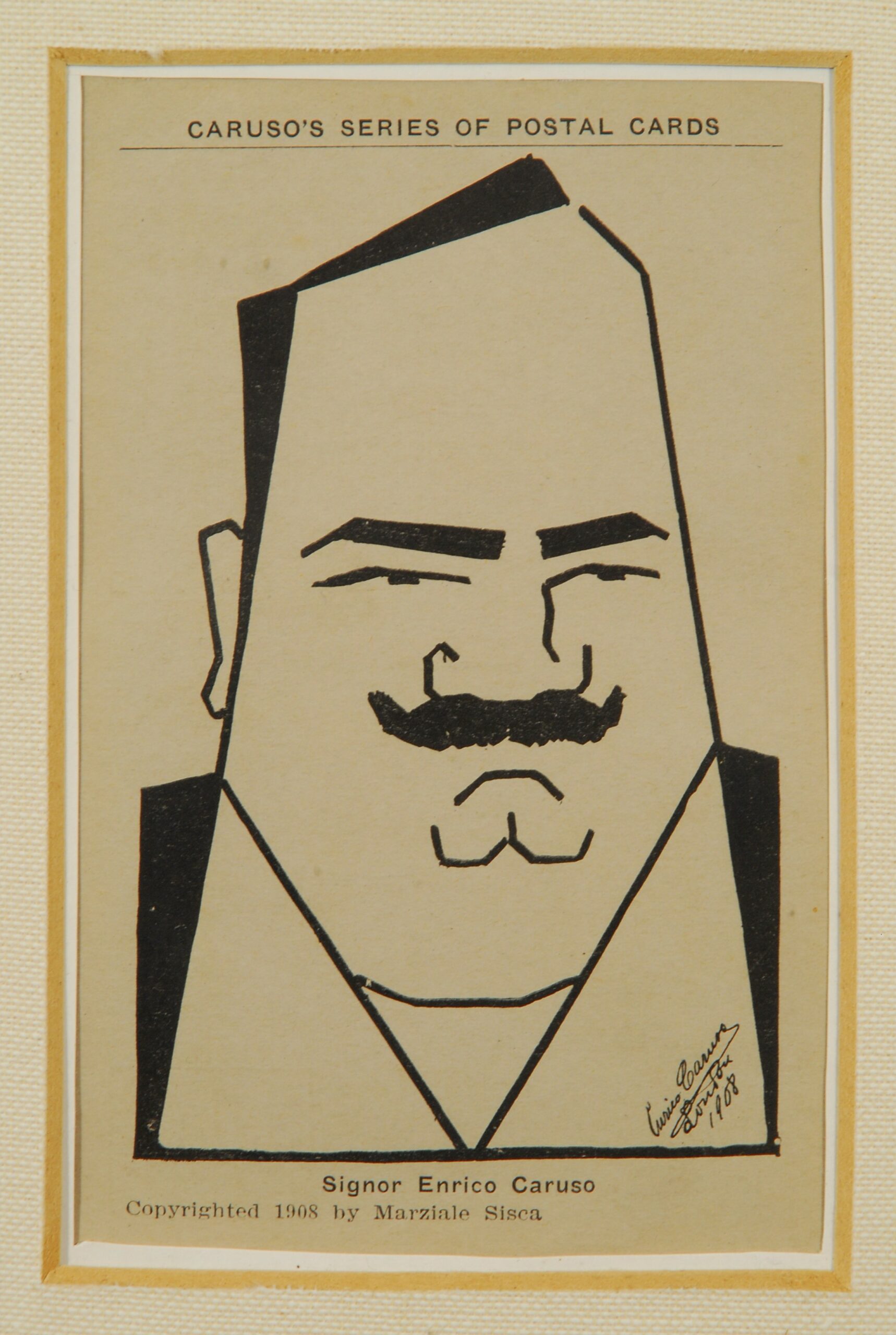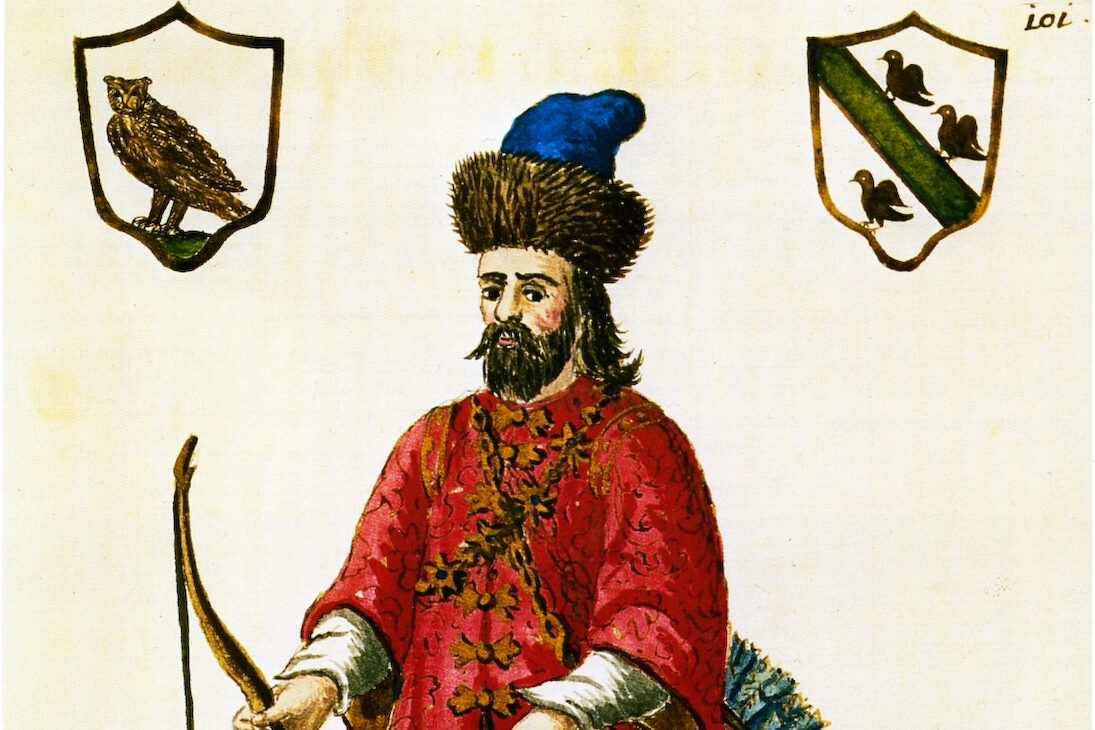Have you ever wondered what lies within a museum? Naturally, this is the question we all ask ourselves before any visit: what will I see? What are my expectations? Will there be something beautiful or interesting? Perhaps we’ve already skimmed through a book or brochure and have some idea of what to expect, maybe even a planned route. However, the point often missed isn’t in the first answer we all give ourselves.
Certainly, a museum is a collection of rooms filled with various objects—be they paintings, archaeological artifacts, sculptures, photographs, design works, or tools and crafts. It’s a journey to embark upon, a place to discover things. But the crux of the matter lies right there. We must all look beyond the surface, beyond the immediate visual impressions of each room, and ascend on a metaphorical magic carpet. Beneath our gaze, captions, informational panels, and routes to follow will flow; we’ll find display cases to observe, things that can surprise us, move us, make us think, or make us want to know more. Lift your gaze a little higher, and you’ll see that a museum is not just a collection of items to know and store in our memory (and not only in that of our phone). It becomes an opportunity for enrichment, for identity building, and for creating images that will leave an imprint, a trace, emotions within us.
This is because every museum is far from a random product. It has been deliberately designed to tell a story or represent someone. The curation behind it is a fascinating coming together of information that usually escapes the public eye. Visitors’s gaze is often distracted by novelty; it chases everything on display, rests on what hangs on a wall, stands on a pedestal, or is tucked inside a lit showcase. Only if you ask that initial question in an attempt to grasp the meaning of the visit, and seek an overarching view, you can capture the essence of the project, even its intended emotional impact.
In Naples, the new Caruso Museum clearly demonstrates the ambition behind every exhibition. Indeed, it offers a comprehensive narrative of the great tenor. Through objects and instruments, it describes who he was and what he did, his artistic legacy, and the man behind the singer who performed on the most renowned stages in the world. Assisted by technology, we soon realize that the museum aims to be primarily an immersive experience rather than a didactic one. An invitation to listen, see, touch, and personally experience the Caruso who enchanted audiences. But we are only halfway through the story.
We need to understand that the decision to honor this leading figure – as has already happened for Puccini, Verdi, or Pavarotti – by dedicating a museum and years of work to him, is a precise choice to fill a gap but also to add a missing piece to the identity puzzle of Naples and Italy. Caruso remains a name telling a part of our history and national identity.
Beyond the celebratory aims of the character and far beyond the admission ticket we pay to see an Etruscan collection or the tools of Friuli’s rural life, there is a cultural program that seeks to offer tools of knowledge to better appreciate the national territory and the personalities who have traversed its history. This is the point.
“With the Caruso Museum, we celebrate the culmination of a major, interdisciplinary project we have been working on for some time, created through the collaboration and synergy between institutions and numerous national and international project partners,” Massimo Osanna, the general director of the National Museums, said. This is precisely what lies inside any museum: a project where the final collection – what we see on display – is only the penultimate piece. The last piece is added by visitors with their personal experiences.
The point is that, behind a museum, lies a much broader network of places celebrating artists, works, objects, history, events, and artistic expressions, but also tourist and territorial routes that, only when observed in an overall view, can fully show the intricate beauty and wealth of Italy’s cultural heritage.
Vi siete mai chiesti cosa c’è in un museo? Ovviamente è questa la domanda da farsi prima di ogni visita. Ognuno se la pone con naturalezza: cosa vedrò? Che aspettative ho? Ci sarà qualcosa di bello o d’interessante? Se per caso abbiamo già sfogliato qualche libro o brochure o sappiamo cosa aspettarci dal museo, magari abbiamo persino un tragitto in mente. Ma il punto che spesso sfugge, non sta nella prima risposta che tutti ci diamo.
Certamente un museo è un insieme di sale e oggetti siano essi quadri o reperti archeologici, sculture o fotografie, opere di design o utensili e manufatti. Ed è un percorso da seguire, in cui scoprire cose.
Ma il punto è proprio lì. Dobbiamo tutti superare la superficie del colpo d’occhio sulle sale e salire su un tappeto volante. Sotto i nostri occhi scorreranno didascalie, pannelli informativi e itinerari da seguire, teche da osservare, cose capaci di sorprenderci, emozionarci, farci pensare o desiderare di saperne di più. Ci alziamo un pò e vediamo che ogni museo non è solo una raccolta di pezzi da conoscere e lasciare nella memoria (non solo del telefonino) con lo scopo di costruire una consapevolezza sempre maggiore del mondo, delle arti, dell’ingegno e della creatività. Il museo si fa occasione di arricchimento, costruzione identitaria e di immagini che comporranno dentro di noi un ricordo, una traccia, delle emozioni.
Questo perché ogni museo è tutt’altro che un prodotto casuale. E’ stato voluto e pensato per raccontare qualcosa o qualcuno. La curatela che c’è dietro è un affascinante ingorgo di informazioni che “normalmente” sfuggono al pubblico che visita le sale. Gli occhi del visitatore sono solitamente distratti dalla novità, inseguono tutto quel che è esposto, si appoggiano su quel che sta appeso a una parete, sopra un piedistallo, infilato dentro una bacheca luminosa. Solo se ci si pone quella domanda iniziale, nel tentativo di cogliere il significato della visita, se si cerca lo sguardo d’insieme, si coglie il senso del progetto, perfino la sensazione che si voleva trasmettere a chi è entrato a visitare l’esposizione. Se lo sguardo si solleva, si arriva a dare la risposta a quell’interrogativo.
A Napoli, ci mostra chiaramente l’ambizione che ha ogni esposizione, il nuovo Museo Caruso.
Certo, propone un racconto a tutto tondo del grande tenore. Attraverso oggetti e strumenti descrive chi fu e cosa fece, la sua eredità artistica e l’uomo dietro al cantante che si esibiva sui palcoscenici più rinomati. Però, aiutati dalle tecnologie, capiamo presto che il museo vuole essere innanzitutto un’esperienza immersiva tutt’altro che didascalica. Un invito ad ascoltare, vedere, toccare, a vivere in prima persona il Caruso che incantava le platee. Insomma, il museo vuole coinvolgere il suo visitatore. Ma siamo solo a metà dell’opera.
Ora resta da capire che la volontà di dare uno spazio onorevole a questo personaggio di primo piano, come già successo per Puccini, Verdi o Pavarotti, dedicargli un museo e anni di lavoro, si spiega nella scelta precisa di colmare una lacuna ma anche di aggiungere una tessera mancante (da troppo tempo) al puzzle identitario di Napoli e dell’Italia. Caruso era e continua ad essere un nome che racconta un pezzo della nostra storia e della nostra identità nazionale.
Il punto cioè, al di là degli scopi celebrativi del personaggio e molto al di là del biglietto d’ingresso che paghiamo per vedere una raccolta etrusca o gli arnesi della vita contadina del Friuli, è che c’è una programmazione culturale che cerca di offrire degli strumenti di conoscenza per meglio apprezzare il territorio nazionale e le personalità che ne hanno attraversato i secoli.
“Con il Museo Caruso celebriamo il punto di arrivo di un grande progetto organico e interdisciplinare, a cui abbiamo lavorato da tempo e che ha visto collaborazione e sinergia fra le istituzioni e con i numerosi partner nazionali e internazionali del progetto” ha detto il direttore generale dei Musei nazionali Massimo Osanna. Dentro un qualsiasi museo c’è proprio questo: un progetto di cui la raccolta finale offerta in mostra è solo la penultima tessera. L’ultima è quella che mette il visitatore con la sua esperienza personale nel suo personalissimo puzzle di conoscenza.
Il punto è che dietro un museo c’è una rete ben più ampia di luoghi che celebrano artisti, opere, oggetti e pezzi di storia, eventi e manifestazioni artistiche ma anche itinerari turistici e territoriali che solo se osservati in uno sguardo d’insieme riescono a mostrare l’articolata bellezza e ricchezza del patrimonio culturale italiano.































